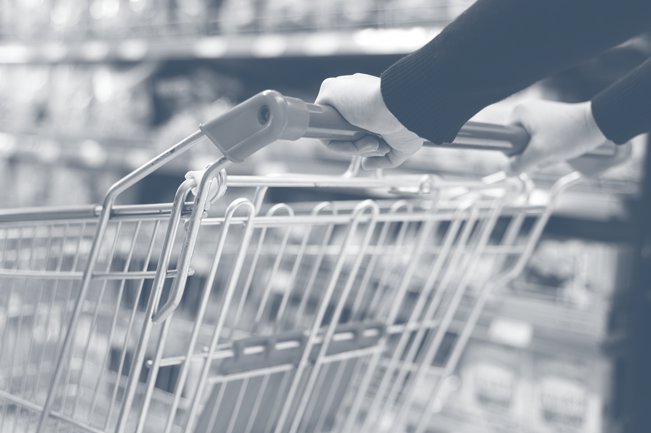Heavy Metals Found in Chocolates
Chocolate lovers all over may be heartbroken to find out that some chocolates may contain heavy metals.
As You Sow, a consumer group in California, is now taking legal action against several chocolate manufacturers and retailers claiming that they failed to warn consumers about potentially harmful levels of lead and cadmium in their products. According to As You Sow, these companies are in violation of California’s Safe Drinking Water and Toxic Enforcement Act, which requires manufacturers to protect consumers from chemicals that are known to cause cancer, birth defects or other reproductive harm. The Act also requires that manufactures inform citizens of possible exposure to these chemicals.
As You Sow has found 26 chocolate products that exceed the established safe level and do not have warning labels. One serving of chocolate that contained lead had 5.9 times the maximum amount established by California’s Office of Environmental Health Hazard Assessment, and one serving with the highest concentrations of cadmium contained 8.2 times the maximum dose level. Neither of the products had a warning label.
Cadmium is a very toxic metal. Exposure to the metal is known to cause cancer. It targets the body’s cardiovascular, renal, gastrointestinal, neurological, reproductive, and respiratory systems according to the Occupational Safety & Health Administration. Lead exposure has been a significant health issue for many years, and many believe that no amount of lead is safe, especially for young children and pregnant women.
Some of the brand names As You Sow has brought legal action against include Godiva, Ghiradelli, Dove, Lindt, Hersheys, Mars, Green and Black’s, Kroger, Whole Foods, Trader Joe’s, and Theo and Vosges. As you Sow is hoping to force companies to stop using these ingredients. The Food and Drug Administration currently recommends that candy eaten by young children contain less than 0.1 parts per million lead.
Companies have responded by saying that these contaminants are “naturally occurring.” Most companies do not reveal where the cacao comes from. Experts and pediatrics both feel that although the exposure may be small, it adds up and can be very harmful to infants and children. There are ways to prevent exposure, and these companies should be ensuring that.
Source: Fairwarning.com, As You Sow
